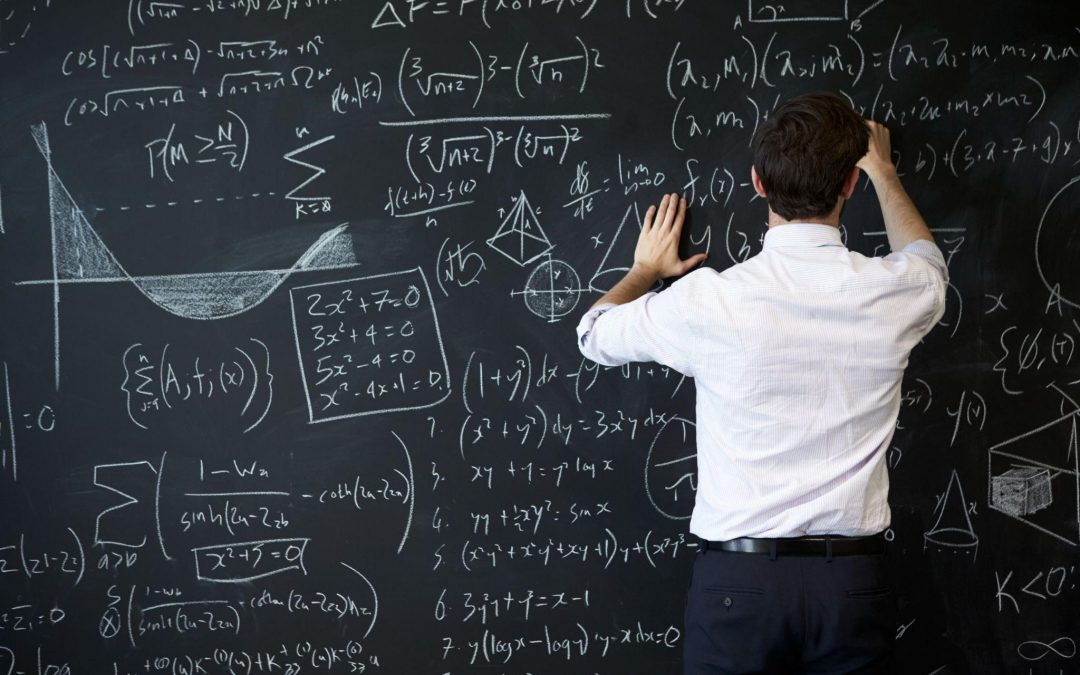
Poverty is the world’s greatest threat to peace and stability today, ahead of terrorism and other much-discussed 物理補習班. According to Sachs (2009), more than eight million people around the world die each year because they are too poor to survive. The Millennium Development Agenda, which will reduce poverty by half by 2015, expresses the global commitment to guarantee the standard of living of humanity.
Education is in all respects one of the fundamental factors to achieve sustainable economic development through investment in human capital. Education promotes self-understanding, improves quality of life, and increases people’s productivity and creativity, thus promoting entrepreneurship and technological progress. Furthermore, it plays a very important role in ensuring economic and social progress, improving income distribution, thus saving people from poverty. This article aims to contextualize the role of education in alleviating poverty.
Education and poverty are inversely related. The higher the level of education of the population, the smaller the number of poor people, because 物理補習班 imparts knowledge and skills that contribute to higher wages. The direct effect of education in reducing poverty is through an increase in income / income or wages.
The indirect effect of education on poverty is important in relation to “human poverty”, because as education improves income, basic needs become easier to satisfy and living standards rise, which without it certainly means a decrease in human poverty. In the Millennium Development Goals (MDGs) and the Poverty Reduction Strategy Paper (PRSP), human capital is seen as a weapon against poverty reduction. That is why the idea that education is a determinant of poverty has received. A lot of attention in recent years.
People’s education and health are the necessary and important components of human capital that make them productive and raise their standard of living. Human capital is necessary for the effective use of physical and natural capital, technology, and skills.
Poverty is an obstacle on the road to economic development. The achievement of education, one of the main goals of development economics, is also a driving force behind such development. The backbone of many aid and development programs depends on investment in education (Todaro, 2011). The concept of equal opportunities drives much of this investment. Education gives the individual the knowledge necessary to overcome such inequalities. Obtaining an education increases an individual’s productivity and contribution to the workforce. Investments in education increase the skills and productivity of poor households. Both the income level and the general standard of living (human development) increase.
Second, poverty is also a major barrier to educational achievement. Poverty affects educational performance in three dimensions. Furthermore, some unhelpful social norms and so-called religious doctrines ardently restrict girls’ 物理補習班. Therefore, lack of education is a cause of a person’s low earning capacity. And poverty persists even in the next generations of that household. Even the United Nations Millennium Development Goals (MDGs). And Poverty Reduction Strategy Papers (PRSPs) recommended. The World Bank focus primarily on girls’ and primary education.
